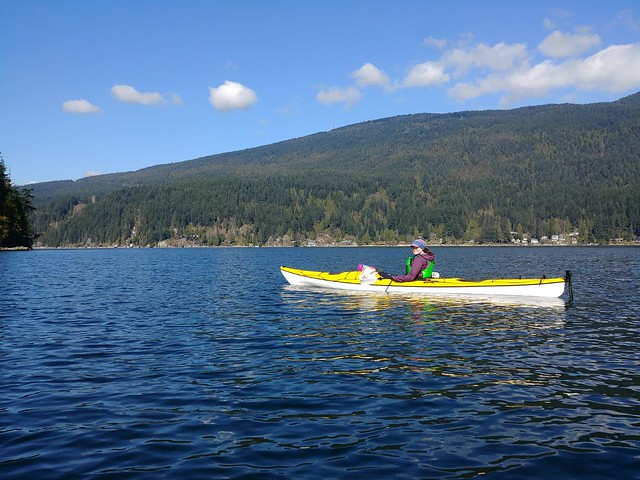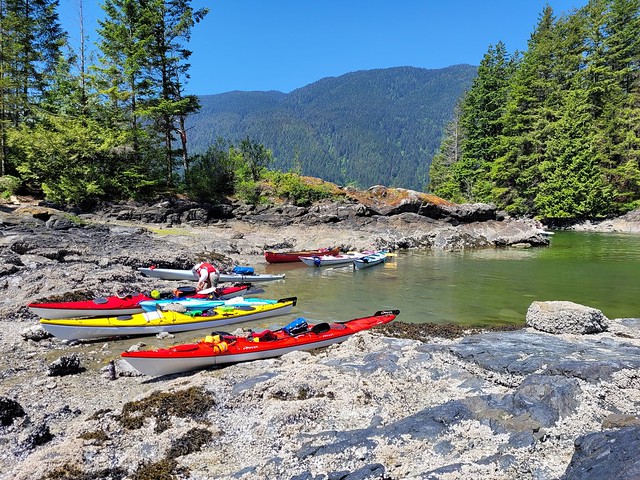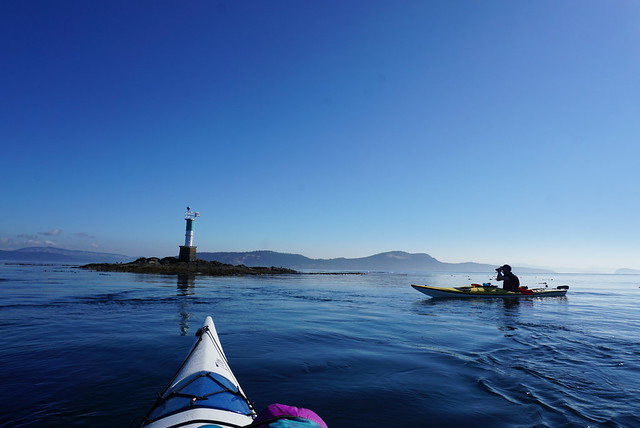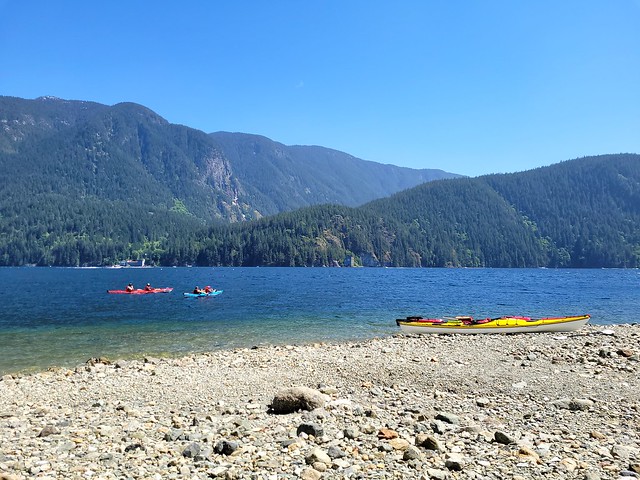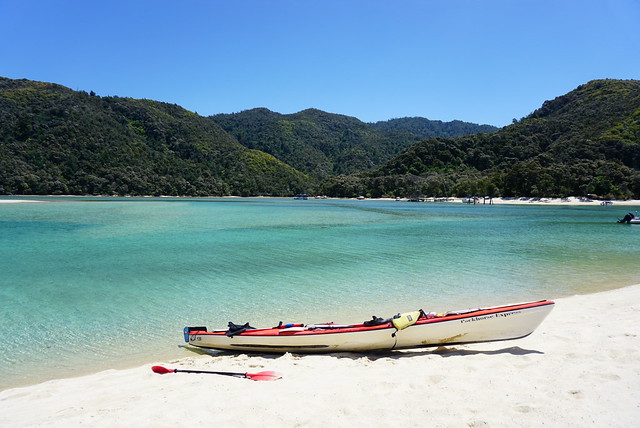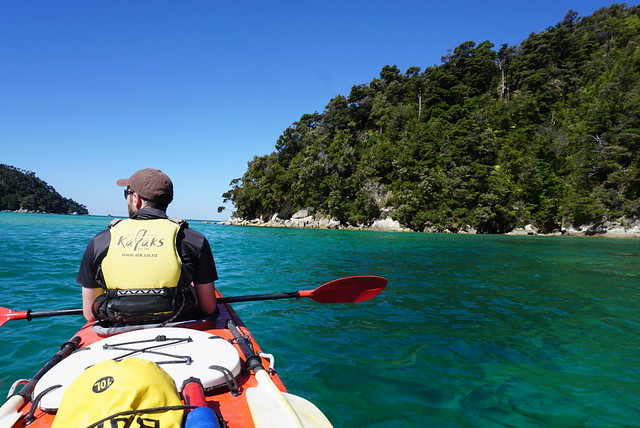Spring is my favourite time to go kayaking! It’s too cold in the winter and the alpine backpacking season is so short in the summer, that Spring has become my core kayaking season. I’ve been on several kayaking trips over the years and bought my own kayak last year, but I am by no means a kayaking expert. If you’ve read my avalanche safety post, this post will be a lot like that in that it’s mostly about me discussing some of the risks in hopes of convincing you to take a paddling safety course.
I’d kayaked and canoed a handle of times as a kid and a teenager, mostly just renting a kayak for a couple of hours or going on a guided tour. We decided to take up kayak camping in 2018, but my first order of business was to take a basic kayaking safety course first. I didn’t know anything about self rescue and figured this was a basic skill before going paddling for anywhere longer than a few hours.
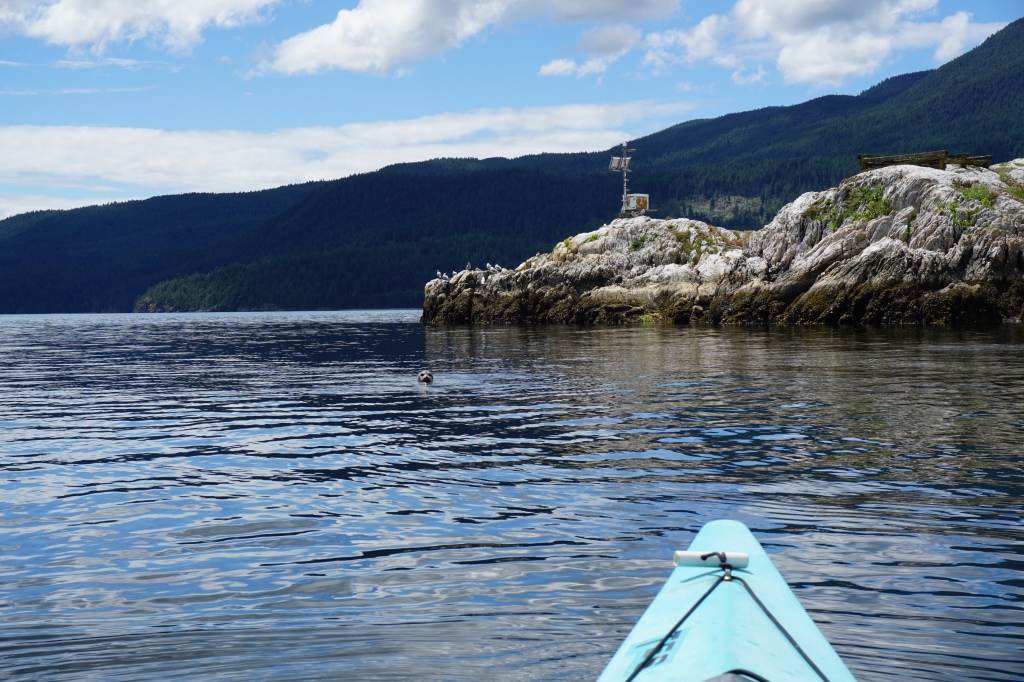
I was definitely right and took the Paddle Canada sea kayaking basics course. Most of what I was hoping to gain from this course was how to get back in my boat if I fell out, which I did learn, but I would say the most helpful part of the course was actually the focus on paddling skills. Even 4 years later, I’m still not a great paddler, so this is something I’m always focusing on. If your arms hurt after a day of paddling, then you’re not doing it right. If you’re in the lower mainland, I did my course with West Beach Paddle and highly recommend!
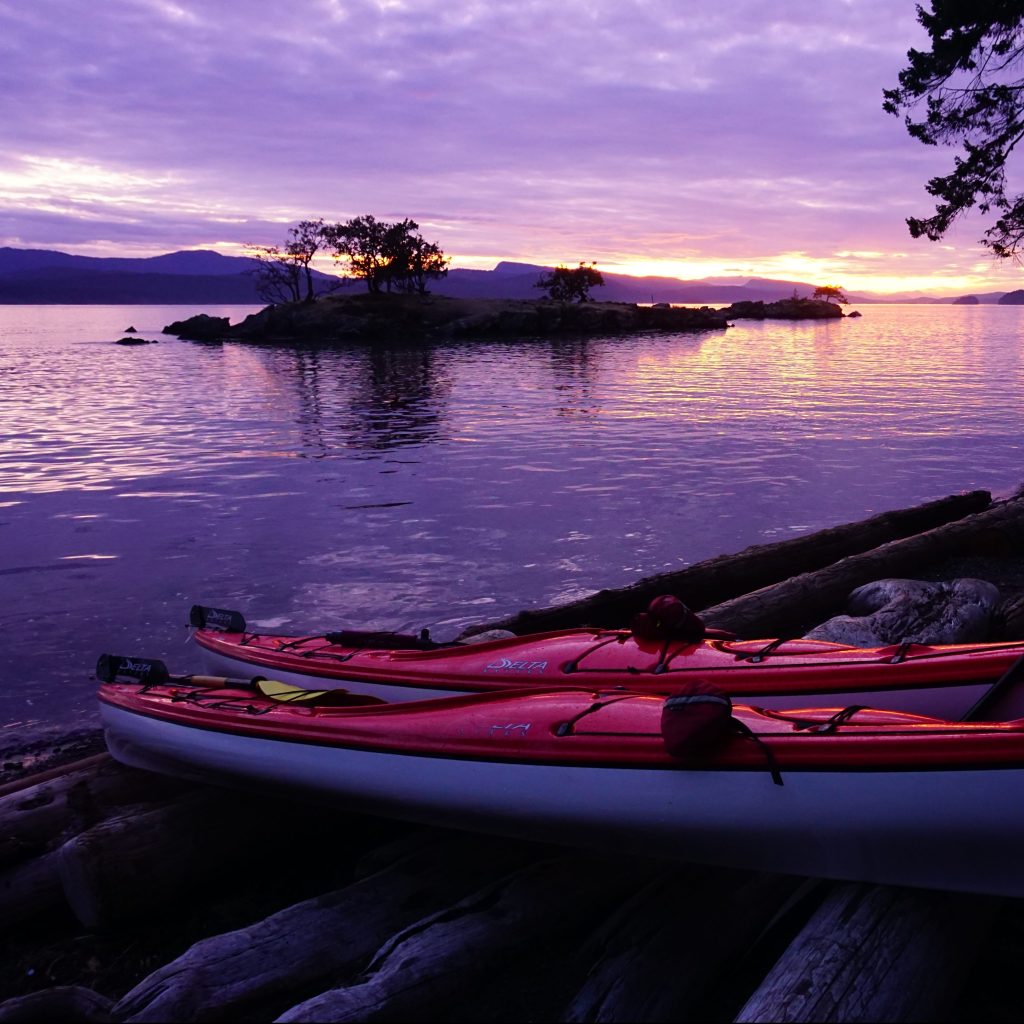
Kayaking is not inherently difficult, but like a lot of adventure activities, it does have a certain amount of risk associated with it. If you’re not prepared for the conditions and you capsize your boat, suddenly it has a lot more risk. Knowing how to do partner and self rescue is a skill that actually isn’t that challenging, but something that I think it’s really important to know how to do, and not necessarily intuitive without training. If you don’t know how to get back in your boat, then you should really consider what kind of conditions you go out in. If it’s summer and you’re just renting in a lake for an hour, it’s probably fine, but if you’re going into any kind of remote conditions for an extended period of time, definitely take a course.
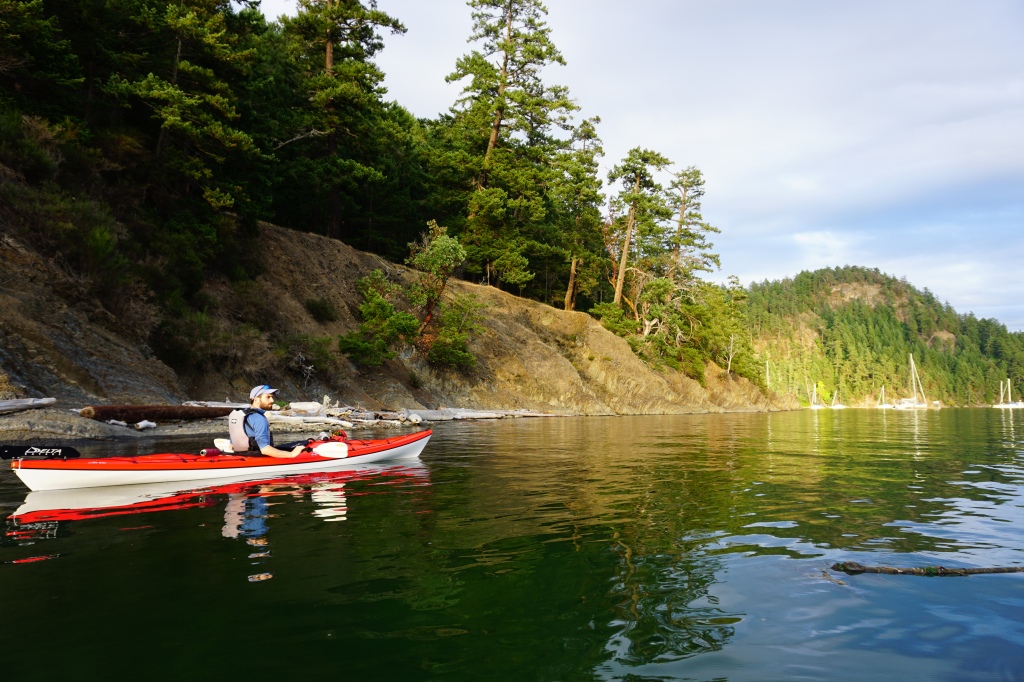
In addition, if you’re renting, it’s likely the rental company will provide you with all the safety equipment you need, but if they don’t, make sure first and foremost that you have a PDF. Most kayakers I see are wearing lifejackets, but I see a lot of SUPs out and about in Indian Arm without any lifejacket on board and it boggles my mind. It’s the single most important piece of equipment, at least make sure you have it on board, and better yet, wear it. The other pieces of equipment that are required on a kayak are a whistle, hand pump, towline, and a paddle. I also recommend having a paddle float and a spare paddle. If you don’t know what a paddle float is, take the course.
My experience has been that reading the conditions is also very important. The course I did focused on managing wind and weather, and a little bit about navigation, in your decision making. The mountains and topography in the lower mainland can create some really interesting wind and wave patterns and the best time for paddling is early in the morning or later in the evening. If the wind gets over 20km/h and you’re a beginner, it’s best to plan not to go at all. Seth and I once spent all morning loading the kayaks and driving to our destination just decide not to go at all because the wind had come up. On multi-day trips (and on some day trips), you also want to be prepared with extra provisions in case the conditions change and you can’t get back when you’d intended. It’s better to wait out strong winds and currents, especially if you’re not a strong paddler.
Since taking the basic sea kayaking course, we recently returned to take Paddle Canada’s Level 1 course, which is focused on day tripping. So we went over additional navigating skills, how to read current and tide charts, and worked on improving all our paddling strokes. If you’re a casual paddler, I think just doing the basics course is likely fine, as the main skill you want is the ability to get back in your boat. However, when we did the Basics course, it didn’t cover self-rescue, only partner rescue. Our instructor was great and taught us self-rescue anyways, but it’s an important consideration if you’re going solo or in a double, so check if your course teaches it.
Before taking the course, I’d only ever been out in double kayaks. They’re bigger, but I viewed it as more fun and you do have more power in the boat with two people paddling. Though they have gained the nickname of “divorce boats” because of the tendency to argue with your partner when you’re both in a boat together. We learned so many skills at the course and decided it was safer to have 2 boats as opposed to one (for the purpose of rescue, but also so that we could each focus on our own skills and interests when out on the water). Since then, we’ve always kayaked together in singles, except when we went on a 3-day trip in New Zealand where the rental company refused to rent singles. This was due to how windy it can get and their doubles are a lot more stable on the water. So it does depend on location, but generally in BC it’s recommended to use 2 singles over a double.
So in conclusion, as always when it comes to safety, my recommendation is to make it a priority and take a course if you frequently kayak, are going on an overnight trip, or going anywhere remote or with challenging conditions. It is a bit pricey, which is why I mostly recommend the Basics Course, which is only 1 day and will cover all the most important aspects of kayaking. But if you’re interested, the Level 1 course is also great and runs for 2 days. We’d like to do Level 2 some day, but it’s a lengthy course that involves a multi day trip, so for right now, we’ll wait a few more years and continue to practice our skills on our own!
